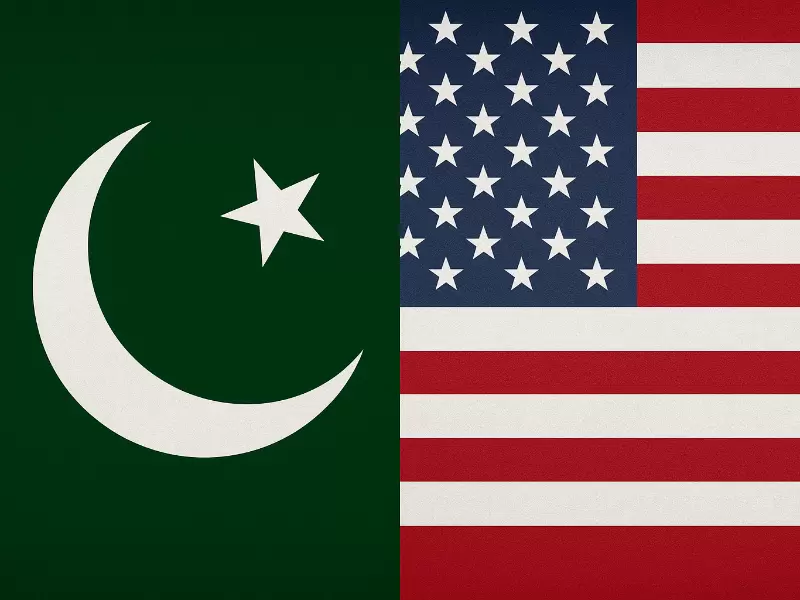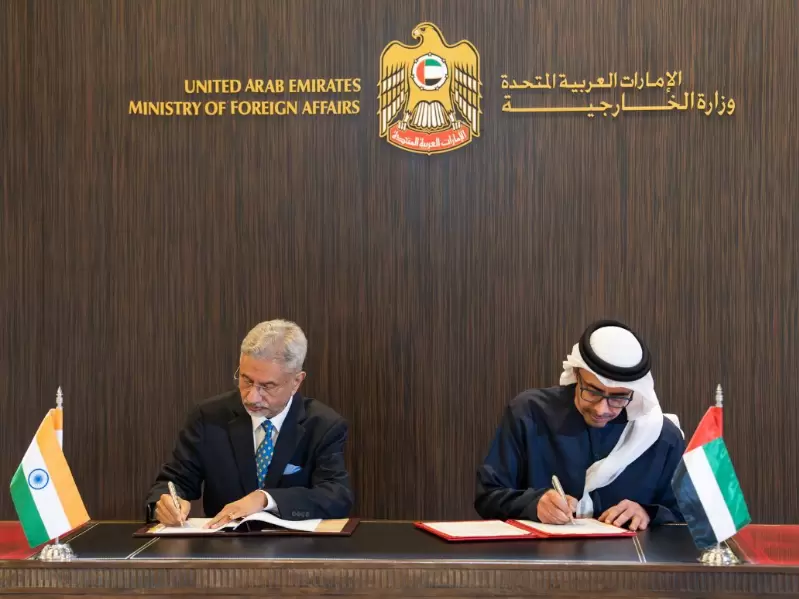Wooing Washington in Beijing’s Shadow: Limits of Pakistan’s Rare Earth Diplomacy
The FWO struck a $500 million framework agreement with the American firm U.S. Strategic Metals (USSM), followed quickly by the first shipment of enriched rare earth and critical mineral concentrates to the United States.
 Representative Image / AI generated
Representative Image / AI generated
Pakistan has lately started using a new, more transactional diplomatic approach—similar to the one popularized by Washington during the Trump era. Realizing that grand counterterrorism narratives no longer earn it much international goodwill, Islamabad is now focusing on offering concrete assets. At the heart of this renewed engagement are its mineral resources, especially rare-earth elements (REEs).
The Frontier Works Organisation (FWO) struck a $500 million framework agreement with the American firm U.S. Strategic Metals (USSM), followed quickly by the first shipment of enriched rare earth and critical mineral concentrates to the United States. For a country long defined in American eyes through the prism of security, this is a recalibration: Pakistan is trying to be relevant through supply chains rather than alliances. Yet what appears to be strategic diversification also reveals how deeply Pakistan’s mineral economy is tied to China, and how Beijing’s recent restrictions on rare earth exports could quietly undermine Islamabad’s hopes of becoming a credible partner to Washington.
What Pakistan actually possesses beneath its soil remains more promise than proven resource. Geological studies identify potential rare earth deposits in Khyber Pakhtunkhwa, Balochistan, and Gilgit-Baltistan, with measurable traces of neodymium, praseodymium, cerium, and yttrium, metals critical for renewable energy, electronics, and defence technologies. But these findings come from reconnaissance-level surveys, not certified reserves. Much of the data originates from joint mapping efforts by the Geological Survey of Pakistan (GSP) and its Chinese counterpart, the China Geological Survey (CGS). The typical concentrations found in stream sediments, around 130 milligrams per kilogram, suggest potential but not yet commercial certainty. In other words, Pakistan has discovered signs of wealth, not wealth itself. Even the “enriched concentrates” exported to the U.S. in October are semi-processed materials, not refined oxides or metals.
The most substantial early work on rare earths in Pakistan owes itself to Chinese partnerships. Through CPEC-related ventures and technical exchanges, Beijing provided mapping expertise, machinery, and chemical processing expertise. Pakistan’s initial extraction and beneficiation systems are believed to rely heavily on Chinese equipment and reagents. There is no evidence of major Chinese-run rare earth mines currently operating in Pakistan; however, Chinese firms have carried out exploratory activities in mineral-rich northern areas and remain embedded in the infrastructure that would allow any such mining to occur. This dependence is rarely acknowledged in official statements, yet it defines Pakistan’s structural weakness: it cannot advance its mineral ambitions without technologies that Beijing either controls or licenses.
The American deal, therefore, represents a bid not only for revenue but for strategic recognition. The MoUs with USSM envision a gradual transition from mineral exports to joint refinery development within Pakistan. Washington, in turn, views the partnership as a modest but symbolically useful diversification away from Chinese-dominated sources. But the fragility of the arrangement is evident. Pakistan still lacks industrial infrastructure for high-purity separation, environmental controls for chemical processing, and a consistent power supply for refinery operations. The U.S. may offer capital and offtake guarantees, yet it cannot instantly replace what China already provides: trained technicians, equipment, and embedded logistical routes. The gap between diplomatic formality and operational reality is wide, and it grows wider with every new Chinese restriction on the export of rare earth technology.
Beijing’s latest move, an expanded export-control regime covering twelve rare earth elements and the machinery used to process them, has changed the strategic calculus. Officially, these measures are justified on national-security grounds, but their timing, coming just after Pakistan’s first shipment to the U.S., speaks volumes. The rules require exporters to obtain licenses even for equipment or technology containing the listed elements, effectively tightening Beijing’s grip on downstream processing everywhere its technology is used. For Pakistan, that means any facility relying on Chinese-origin separators, leaching systems, or purification reagents could face bureaucratic delays, licensing bottlenecks, or outright denial. In practice, it makes scaling up production for U.S. supply chains far more complicated. Islamabad finds itself in a paradox: it can court Washington politically only by using infrastructure that Beijing economically controls.
This is where the ambition collides with reality. Pakistan’s overtures to Washington were meant to signal a pivot, an attempt to show that it could contribute to the Western re-shoring of critical minerals. Yet its own dependence on Chinese inputs risks making it a hostage to the same rivalry it hopes to exploit. If China restricts machinery exports or imposes new technology-transfer barriers, Pakistan’s ability to meet its U.S. commitments will falter. On the other hand, if Islamabad tilts too openly toward the U.S., it could provoke Chinese resistance in other areas of investment, such as power projects and infrastructure. The state’s dual reliance on American markets and Chinese machinery leaves little room for strategic autonomy. Rare earths, once envisioned as Pakistan’s new currency of influence, could instead deepen its vulnerability to the oscillations of great-power competition.
At present, Pakistan’s push for “mineral diplomacy” reflects a deep sense of unease. The country aspires to move beyond being a mere geopolitical rentier and instead offer something the world truly values. However, real power in this domain does not lie in extraction but in refinement. Unless Pakistan develops its own separation technologies, builds refining infrastructure, and reduces reliance on Chinese equipment, its rare earth ambitions will remain fragile. China’s recent export restrictions have already underscored that the path to technological independence will not stay open forever. And therein lies the irony of Islamabad’s new bet—the very partner it hopes to woo, the United States, will not embrace a supply chain still contingent on Beijing’s approval.
Arun Anand is an author and a columnist. He has authored more than 15 books including 'Taliban: War and Religion in Afghanistan'.
(The views and opinions expressed in this article are those of the author and do not necessarily reflect the official policy or position of New India Abroad)
ADVERTISEMENT
ADVERTISEMENT
E Paper
Video



1744362597.jpeg) Arun Anand
Arun Anand












Comments
Start the conversation
Become a member of New India Abroad to start commenting.
Sign Up Now
Already have an account? Login